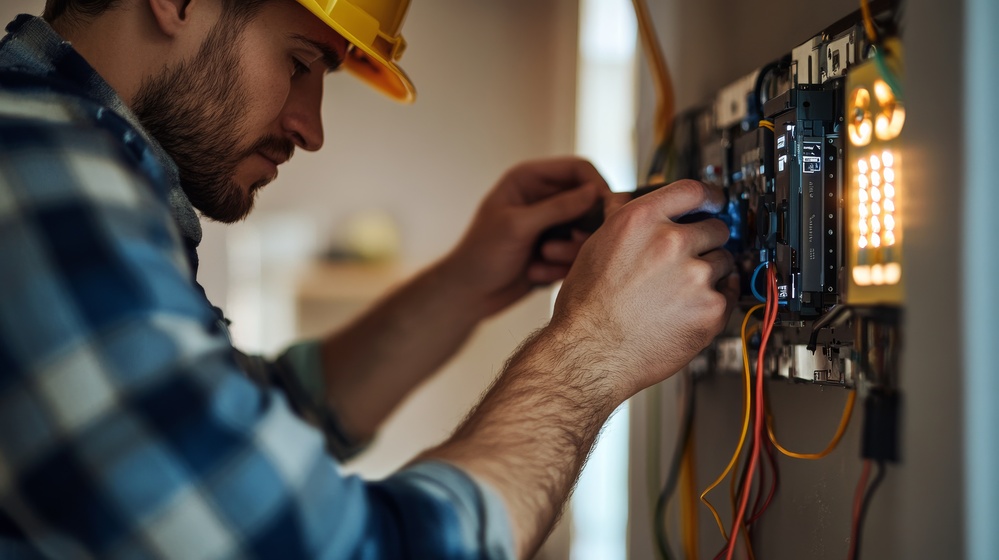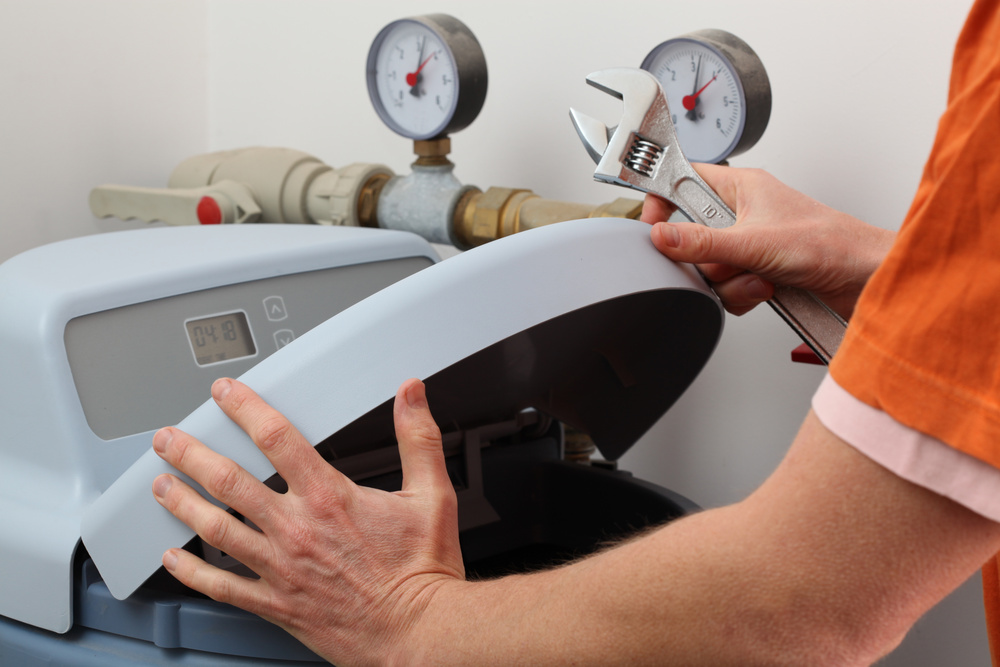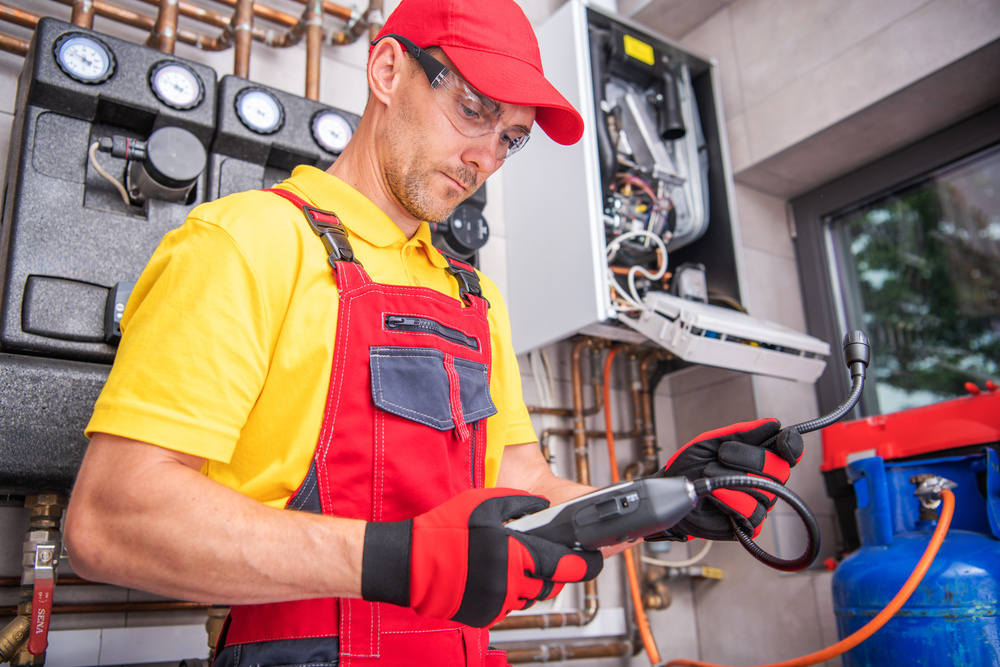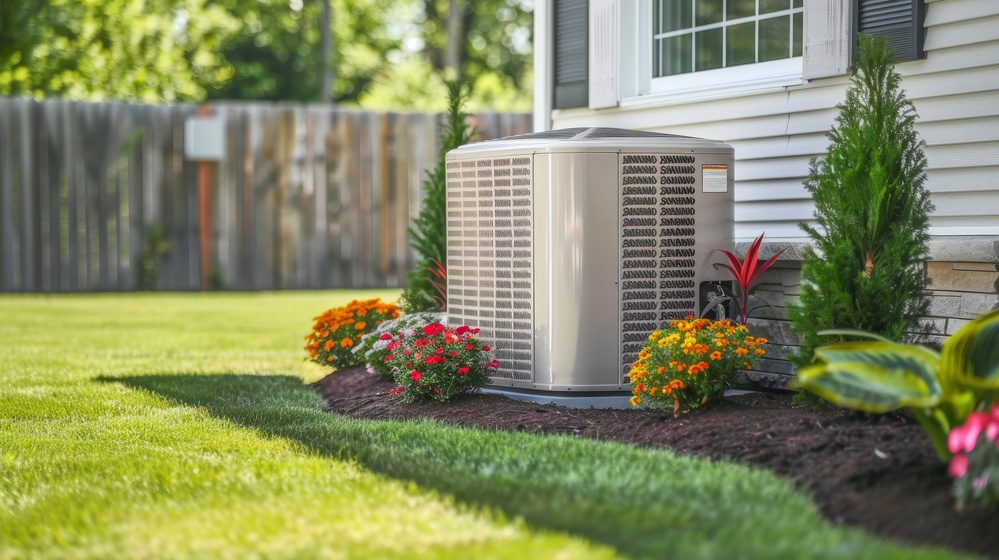When Your New Home Automation System Requires Electrical Work

Home automation is taking the country by storm. From coast-to-coast, and even here in northern Utah, homeowners are embracing exciting new technologies that are making their homes safer, more efficient, and more convenient. But fully diving into home automation can get complicated, especially where electrical work is concerned.
You can dabble around the edges with a smart speaker, some wireless cameras, and a few wall plugs. But if you really want to dive in deeply, you will need to think about things like hard wired wall switches, relays, and perhaps even a smart thermostat. Installing all these more advanced devices requires electrical work.
The Hard-Wired Electrical Switch
A hard-wired switch offers a good starting point for illustrating how complicated home automation can become. Unlike a wireless switch, a hard-wired switch connects to your home’s existing electrical system. Imagine replacing the switch that controls your kitchen lights.
The basic process is fairly simple. You turn off the power, unscrew the faceplate, remove the switch from the wall, and disconnect the wires. Then you reverse the process to install the new switch. If all goes as planned, you turn the power back on and you are in business.
Replacing a traditional switch with a smart switch would be a few minutes’ work for an experienced electrician. But if you have never done something like this before, it could take a lot longer. You could also create unnecessary risks for yourself and your family by installing the new switch incorrectly.
Installing one hard wired switch is as simple as it gets. If you are dealing with 2- and 3-way switches, you’re getting into a more complicated installation. Now you really need to know what you are doing.
Relays Instead of Switches
Some smart homeowners want the benefits of hard-wired switches without the negatives that come with them. For instance, a poor-quality switch might wear out fairly quickly. Then it needs to be replaced. An alternative is to keep your old switches and install relays instead.
Relays are reliable and pretty basic. They get installed between existing switches and the electrical system. Again, relay installation is pretty straightforward for a licensed electrician. For a homeowner who has never opened a wall switch before, installing relays is nothing short of confusing.
Installing a Smart Thermostat
Smart thermostats represent a fairly common entry level device for new home automation enthusiasts. But smart thermostats are nothing like their predecessors from the late 1990s and 2000s. They are significantly more complicated and require extensive wiring.
If you need a complicated job in the home automation space, installing a smart thermostat in place of an older programmable model will do the trick. It is really easy to get this job wrong. And if you do, you could cause significant damage to your HVAC system.
If You Can’t Wait, Call an Electrician
The best piece of advice we could give any homeowner looking to dive fully into home automation is to learn as much as possible about electrical work before installing any devices that hook into the existing system. If you can’t wait long enough to learn how to do it right, either call an electrician or stick with wireless devices.
Over time, you can learn how to install things like switches and relays. Learning will pay off by eventually saving you money. In the meantime, your health and safety don’t need to be compromised. Let an electrician do the work you aren’t trained to do. It is no big deal to admit you don’t know how to safely and properly install a light switch.





